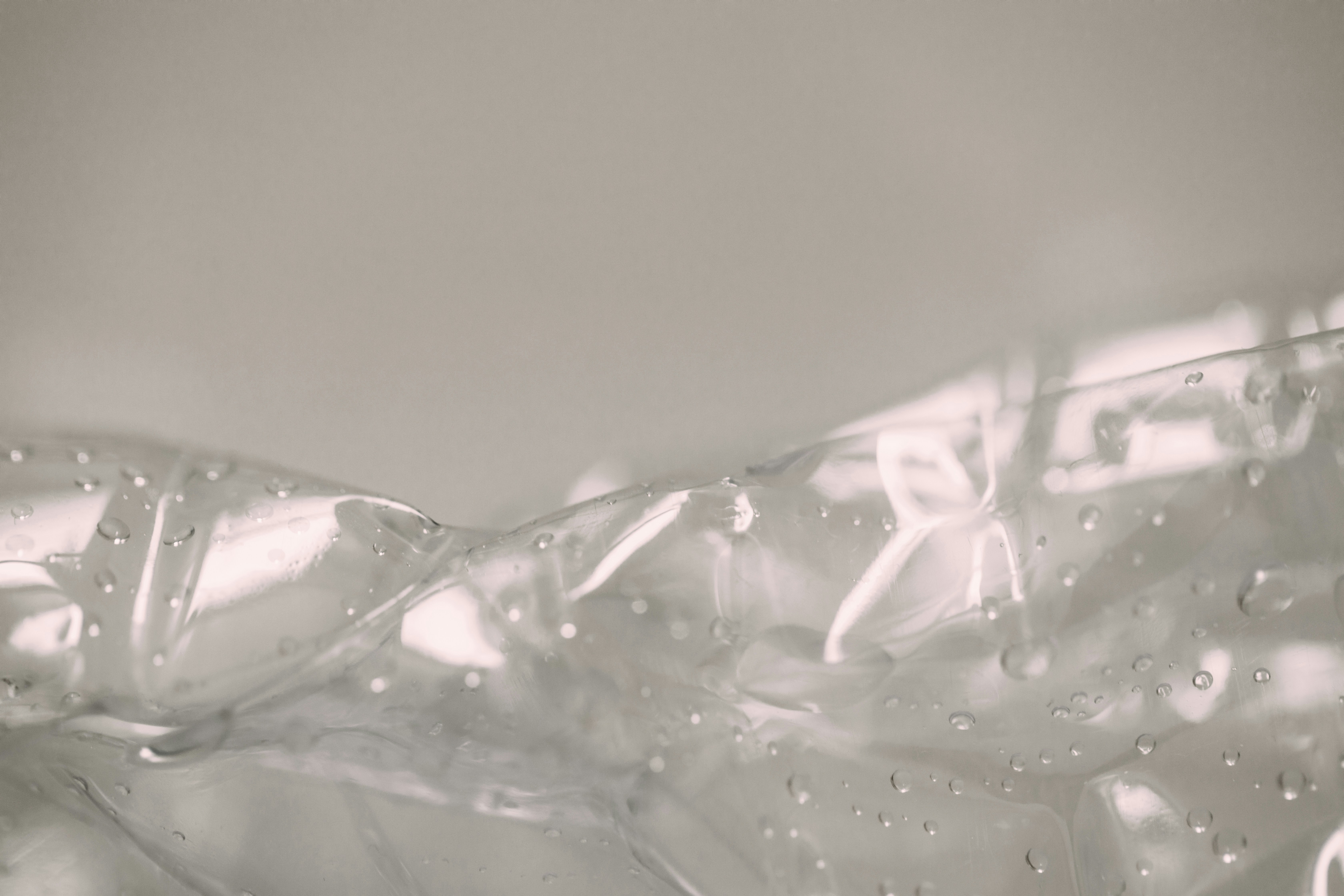Media release
From:
Chemistry: New method for breaking down forever chemicals using light (N&V)
Two new approaches to break down poly- and perfluoroalkyl substances (PFASs) using light-activated catalysts into more recyclable byproducts are presented in two papers published in Nature.
PFASs are commonly used in many everyday goods due to their durability and resistance to water, oil, stains and heat. However, the carbon–fluorine bonds that provide this resistance are difficult to break down, and PFASs have thus been dubbed forever chemicals owing to their persistence in the environment. Current recycling methods for PFASs are limited and require strong chemicals or high temperatures.
Yan-Biao Kang and colleagues report a novel method to break down PFAS chemicals using a light-activated catalyst. The catalyst absorbs light and uses this energy to break the strong carbon–fluorine bonds found in PFASs. The authors found that these reactions can occur at temperatures from 40 °C to 60 °C, and when they experimented with polytetrafluoroethylene (a type of PFAS) it broke down into carbon and fluoride salts. Through their analysis, the authors also successfully broke down perfluorocarbons, perfluorooctane sulfonic acid and polyfluorooctanoic acid into carbonate, formate, oxalate and trifluoroacetate. They suggest this allows the fluoride in the products to then be recycled easily as salts. The authors note that further research is needed on other light-activated catalysts that can be used in this process at relatively low temperatures.
In a second paper, Garret Miyake and colleagues propose a different light-absorbing catalyst to break down forever chemicals. When combined with the chemical tetra-n-butylammonium fluoride, the blue-light-absorbing catalyst can break the carbon–fluorine bonds in PFASs. The authors note that their system could use chemicals that are readily available and suggest that it could present a novel way to break down these persistent chemicals.



 International
International



